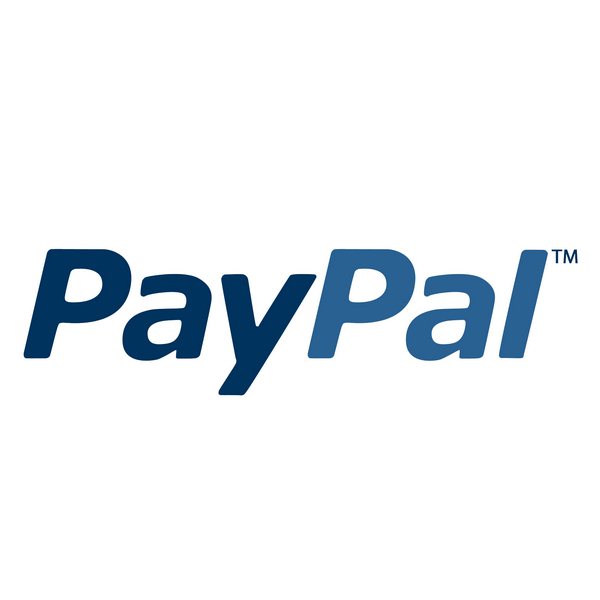Pagaya (PGY)
After the disastrous action taken by management to dilute shareholders within a few days after a reverse split, a lot of analysts including some of us on Seeking Alpha, raised some important questions. The management has agreed to a fireside chat and hopefully resolve this.
Pagaya has welcomed questions from investors for an upcoming fireside chat with CEO Gal Krubiner, CFO Evangelos Perros and President Sanjiv Das. The conversation will be moderated by John Hecht from Jefferies, on Tuesday, March 26, 2024 at 1:00 PM ET.
www.businesswire.com/…
These are the questions from a group I was interacting with…
“1) Please address the surprise, blindsiding nature of the capital raise (3 days after the Reverse Split). Also, the midstream lowering of the price of the offering while increasing the number of shares you offered.
“I believe the original estimate was $14.70, then it was $12.70, and I watched the volume that day of the offering: the majority of it was under $12, and the share price closed a little above $11. Institutional participation seemed hesitant, even lacking. Today the share price is $9.12
“The timing and execution of this offering has been an unmitigated disaster for your shareholders, somewhere around a $600ML loss for a $90ML capital raise.
“How do you square that? Now that the damage has been done, it’s time to be honest with your investors about the capital raise. What happened?
“2) Since the bearish analyst at Wedbush Morgan downgraded your price target to $11.50, while remaining neutral, citing “losses in risk-retention assets” there has been a horde of relatively-inexperienced DYI accountants pouring through your past financial statements, looking for buried losses that you have not explicated for investors.
“You stated them, yes, in the March 8th 20-F, but now the investing world wants an explanation.
“What is the performance of your risk-retention assets? Are they insured? What is their current status? Do you now have sufficient capital to steer Pagaya to the end of the year? And cover the 5% needed for future ABS investments? Can you reaffirm your 1Q24 guidance and your full year estimates? Thank you.”
There are other questions, and other analysts will be on the call as well. I’ll update right after.













